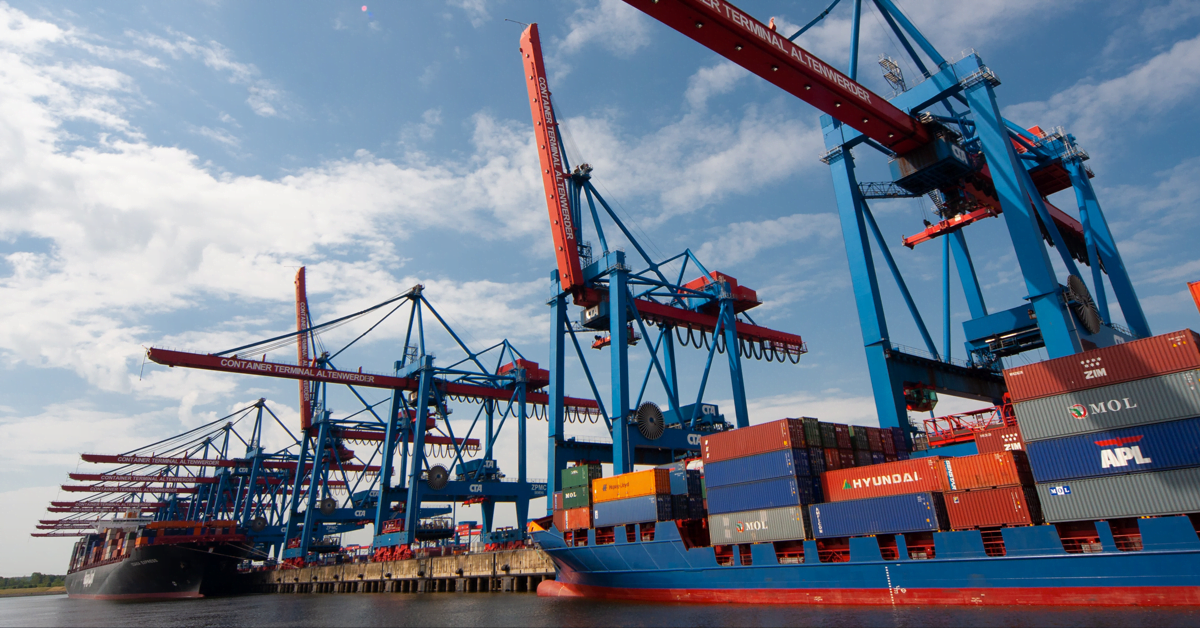Acronyms are everywhere. People take great pains to ensure that a title becomes an acronym. Lawmakers will settle on a horrible name like Saving the Arctic Toad (START) for a bill. OK, there is no such thing as an arctic toad, but you get the idea; acronyms are everywhere.
The freight market is filled with acronyms, many of which most of us will nod when we hear them and say, “Yeah, I get you,” while having no clue what was just said. Knowing the acronyms matters and could be beneficial to track your freight’s journey.
Let’s turn those letters into words and the words into insights.
What is Shipment Freight Visibility?
Visibility is a relatively recent innovation for freight solutions and is still underused despite being a game changer for shippers. Shipment visibility lets you know where your shipment is, whether it’s OK, when you should see it delivered, and if problems happen along its journey. You’re informed and able to remedy issues immediately or confront them before they happen. A freight visibility solution is essential for cultivating healthy and resilient supply chains, fostering collaboration, transparency, and the ability to make informed decisions.Demystifying Acronyms: What are the Systems and Their Roles in Visibility?
So we know that freight visibility is essential in 2023 and that almost everything has an acronym. Let’s jump into the acronyms regarding freight visibility, figure out what those letters stand for, and how they can help you proactively manage your supply chains.WMS (Warehouse Management System)
A warehouse management system moves beyond the days of pen and paper and manually assesses stock levels and locations. Moving to the latest tech solutions, a WMS provides real-time visibility both internally and for partners, such as vendors and customers. Internally, real-time inventory visibility helps warehouse managers maintain adequate supply levels and prevent stockouts. Additionally, the system provides team monitoring for greater efficiency. When efficient teams have supply chain visibility, they perform their best. Partner visibility extends transparency to other stakeholders, facilitating collaboration and communications. WMS benefits everyone with data standardization that simplifies and ensures the ability of all partners to react as needed. A quality WMS integrates with your others systems, like ERPs, CRMs, and e-commerce platforms. The result is that everyone in the supply chain can adjust and plan as situations arise. When they communicate, it is around shared uniform information.Incoterms
Clauses in global trade, like the Harmonized Tariff Schedule of the United States, are in place worldwide but have yet to be globally accepted. However, if agreed upon by all parties, Incoterms can define the responsibilities of buyers and sellers in conducting international transactions. The term itself refers to Incoterms 2020, an International Chamber of Commerce offering. Included in Incoterms are 11 rules that apply to buyer and seller responsibilities, and the rules have payment, documentation, insurance responsibilities, customs clearance, and detailed guidelines for their application.Incoterms 2020 Rules for Any Mode(s) of Transport
- Ex Works (EXW): The seller’s responsibility only extends to having the goods packed and made available at the seller’s premises. The buyer takes on all expenses and risks from there to the destination.
- Free Carrier (FCA): The responsibility of delivering the goods to a named destination is the seller’s. Upon delivery, all expenses and risks transfer to the buyer.
- Carrier Paid To (CPT): The responsibility for arranging and paying for delivery of the goods to a named destination is that of the seller. Upon delivery, the buyer assumes all expenses and risks.
- Carrier and Insurance Paid To (CIP): Along with arranging and paying for the delivery of goods to a named location, the seller is responsible for providing insurance on the goods. After delivery, all expenses and risks transfer to the buyer.
- Delivered at Place (DAP): The responsibility for delivering goods at a named location is the seller’s, including all expenses and risks until the goods are ready to be unloaded.
- Delivered at Place Unloaded (DPU): The seller is responsible for unloading the goods at the destination after they are delivered. The buyer is responsible for the customs formalities.
- Delivered Duty Paid (DDP): The seller assumes all responsibilities for delivering the goods to a named location until they are ready for unloading, including customs formalities.
Incoterms 2020 Rules for Sea and Inland Waterway Transport
- Free Alongside Ship (FAS): The sell is responsible for delivering the goods alongside the vessel at the port, after which all risks and expenses transfer to the buyer.
- Free on Board (FOB): The seller’s responsibility is to deliver the goods to the port and load them on the vessel. At that point, all expenses and risk transfer to the buyer.
- Cost and Freight (CIF): The seller assumes all responsibility, including the costs, and insurance, for delivering the goods to a named port or destination. Once loaded on the vessel, the buyer assumes all risks and expenses for the goods.









